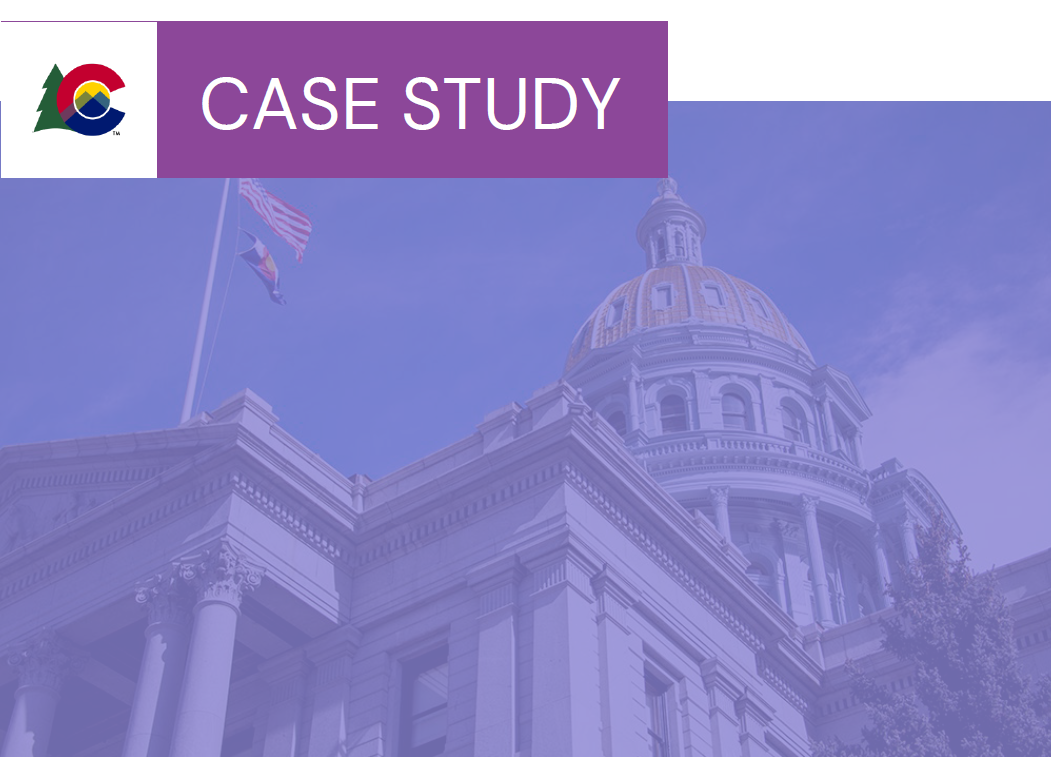Susie Perez Quinn | Director, Government Relations
As leaders of their respective states and territories, governors are battling the effects of the coronavirus on all fronts: protecting and supporting public health, assisting those struggling with unemployment, and working to provide accessible education.
While states and territories spend more money to meet these challenges, pandemic-related revenue losses are shattering their budgets. Only assistance from the federal government can preserve vital state services, keep millions employed, and position the economy for a full and robust recovery.
There are four ways Congress can partner with states and territories:
Provide New State and Local Stabilization Funding
As we know, financial aid to states is a critical economic tool available to the federal government.
- Goldman Sachs analysts expect that the measures that Congress has passed to date will cover less than half the expected state shortfalls, even when combined with state rainy day funds.
- Moody’s Analytics has noted that without federal revenue replacement, state and local governments would need to cut more than $500 billion — shaving 3 full percentage points off the GDP and eliminating more than 4 million jobs.
- Ben Bernanke, the former chairman of the Federal Reserve, said: “To continue to provide services that citizens need and to avoid severe budget and employment cuts that will drag down the economy, states and localities need more federal help. Providing that help is in everyone’s interest.”
- In the three months since Coronavirus Relief Fund dollars landed in state accounts, many governors have convened stakeholders and legislatures, working with public- and private-sector leaders to deploy dollars in the most responsible and impactful ways. The following trackers provide an evolving analysis of states’ plans for Coronavirus Relief Fund dollars, including dollars to local governments that did not receive payments directly from Treasury.
- Despite these often-lengthy reviews, the Dec. 30, 2020 deadline to spend this money, states and territories have already allocated approximately 74 percent of those funds, on average.
Increase Medicaid FMAP
Governors are working to meet the needs of health care systems and consumers alike.
- Studies of past recessions have found that a growth in the unemployment rate results in a substantial increase in Medicaid enrollment; at the same time, state revenues decline.
- The Government Accountability Office (GAO) reported that during the Great Recession, the unemployment rate grew from 5 to 9.5 percent, while Medicaid enrollment rose by 9.7 percent — adding nearly 4.3 million enrollees to the program.
- There is ample precedent for Congress to act during economic downturns to temporarily raise the FMAP, boosting it by nearly 12 percentage points a decade ago. They should do so again.
Assist with State Unemployment Trust Funds
Governors are also hard at work meeting the needs of their constituents struggling with unemployment.
- The COVID-19 crisis has exploded the unemployment rate to more than 10 percent nationally, with some states facing even higher rates of unemployment.
- The Congressional Budget Office expects unemployment to be around 11 percent at the end of 2020.
- Depleted trust funds threaten state economies as businesses face higher taxes to replenish the loans states are securing to ensure unemployment payments continue.
- Congress should convert loans to state unemployment trust funds into grants
Funding for K-12 and Higher Ed
Schools, educators, and students need additional resources in order to safely and successfully return to the classroom.
- The overwhelming majority of K-12 and higher education in-person instruction has been closed since March.
- States are leading efforts to reopen for in-person instruction where public health conditions allow, but online education will form the backbone for learning in many school districts.
- For schools who meet in person, additional expenses for personal protective equipment, transportation, disinfecting protocols and additional safety measures could exceed $1.7 million per school district.
- Due to the number of school districts relying on online learning, states will need to grapple with the 8.4 million households with children nationwide that do not high-speed internet service and the $5 billion in estimated costs to provide those households access.
- States need substantial funding for K-12 and higher education institutions to have the resources to address the challenges presented by the ongoing pandemic without mandates forcing adoption of federal definitions of reopening.
Right now, in late July, we know that early outlooks about the virus were exceptionally rosy. COVID-19 infections never slowed — in fact, the infection rate is higher than ever. The strain on health and emergency-response systems, economies and state budgets shows no sign of abating. Congress needs to act.













